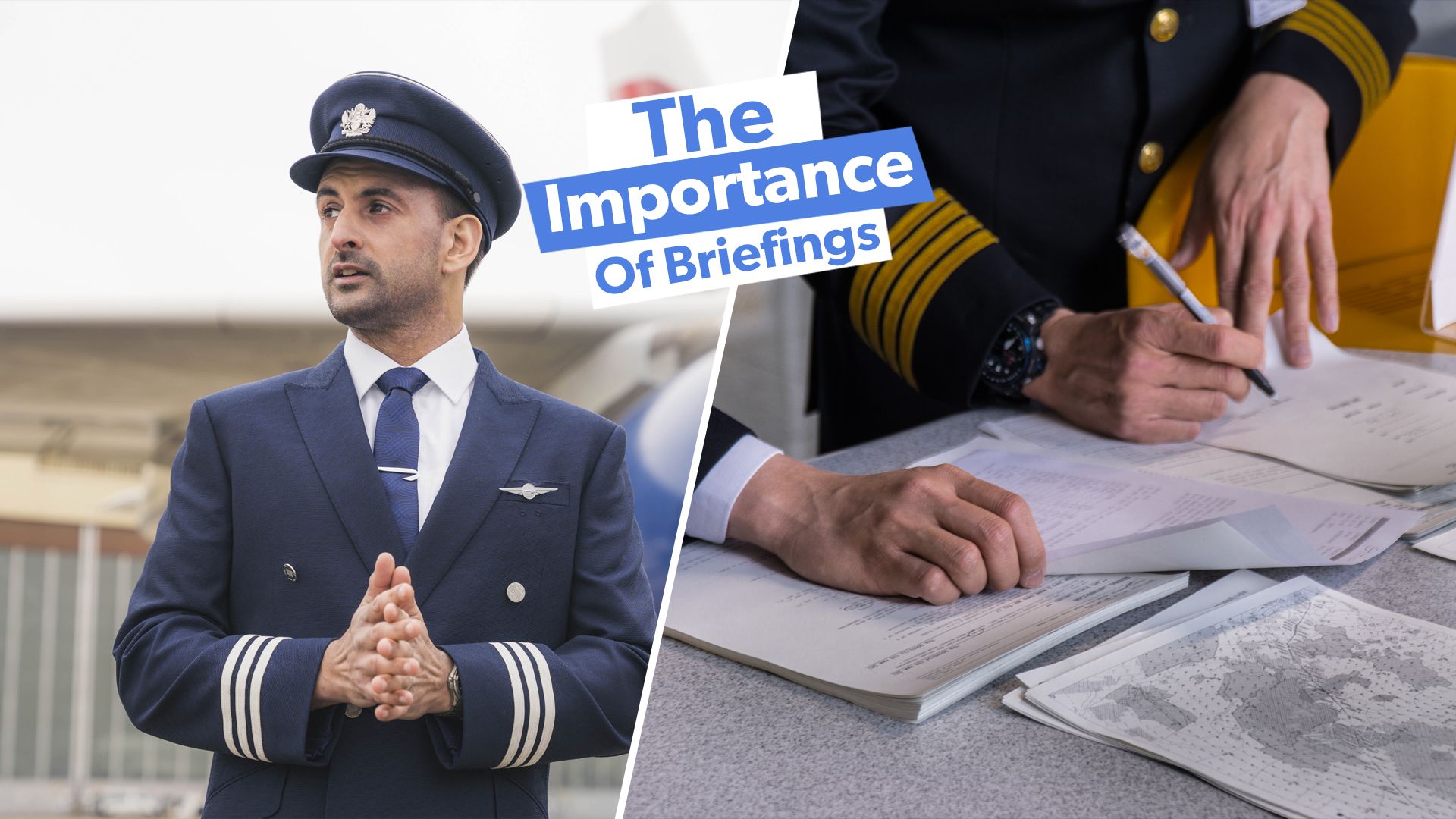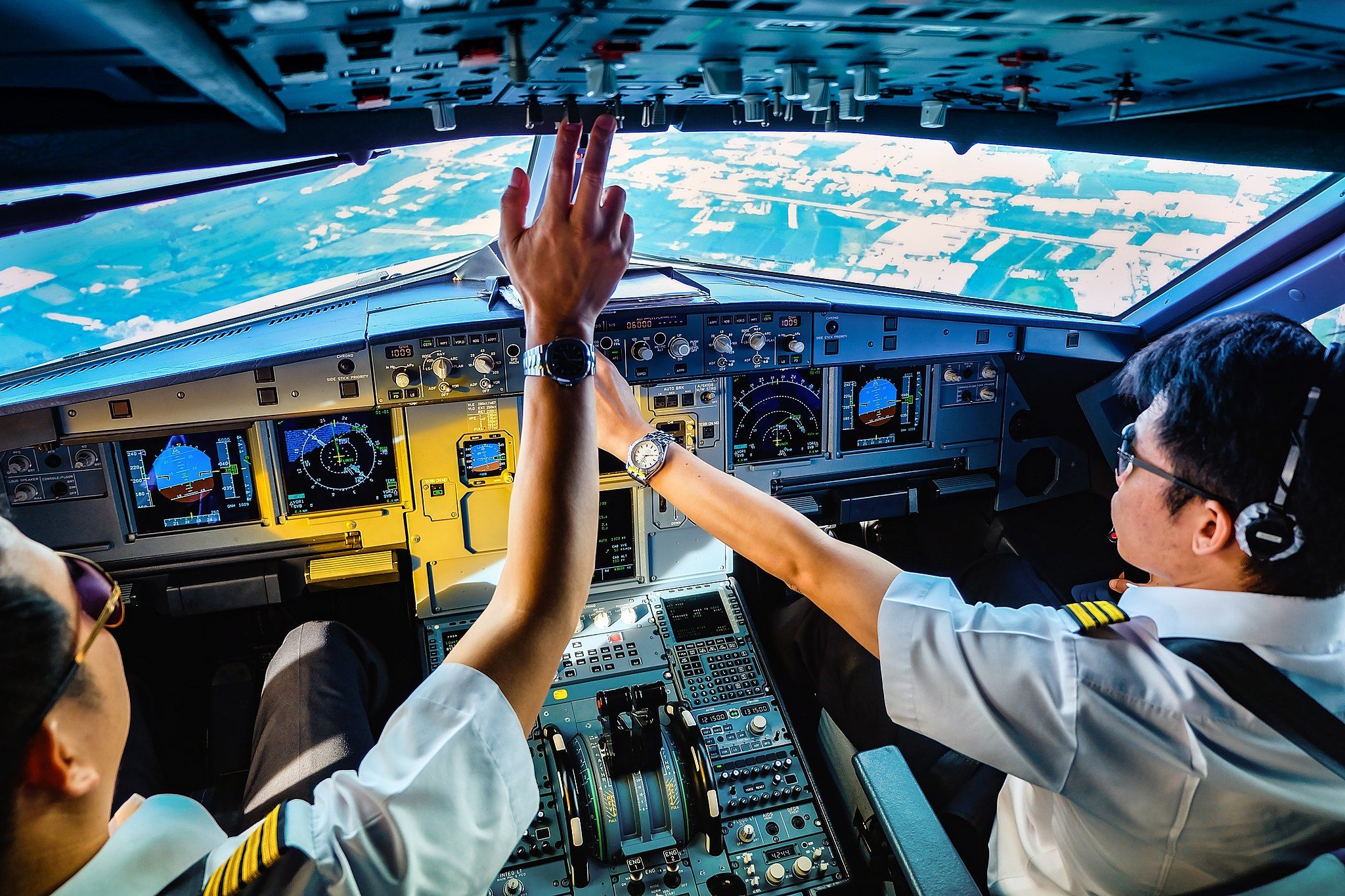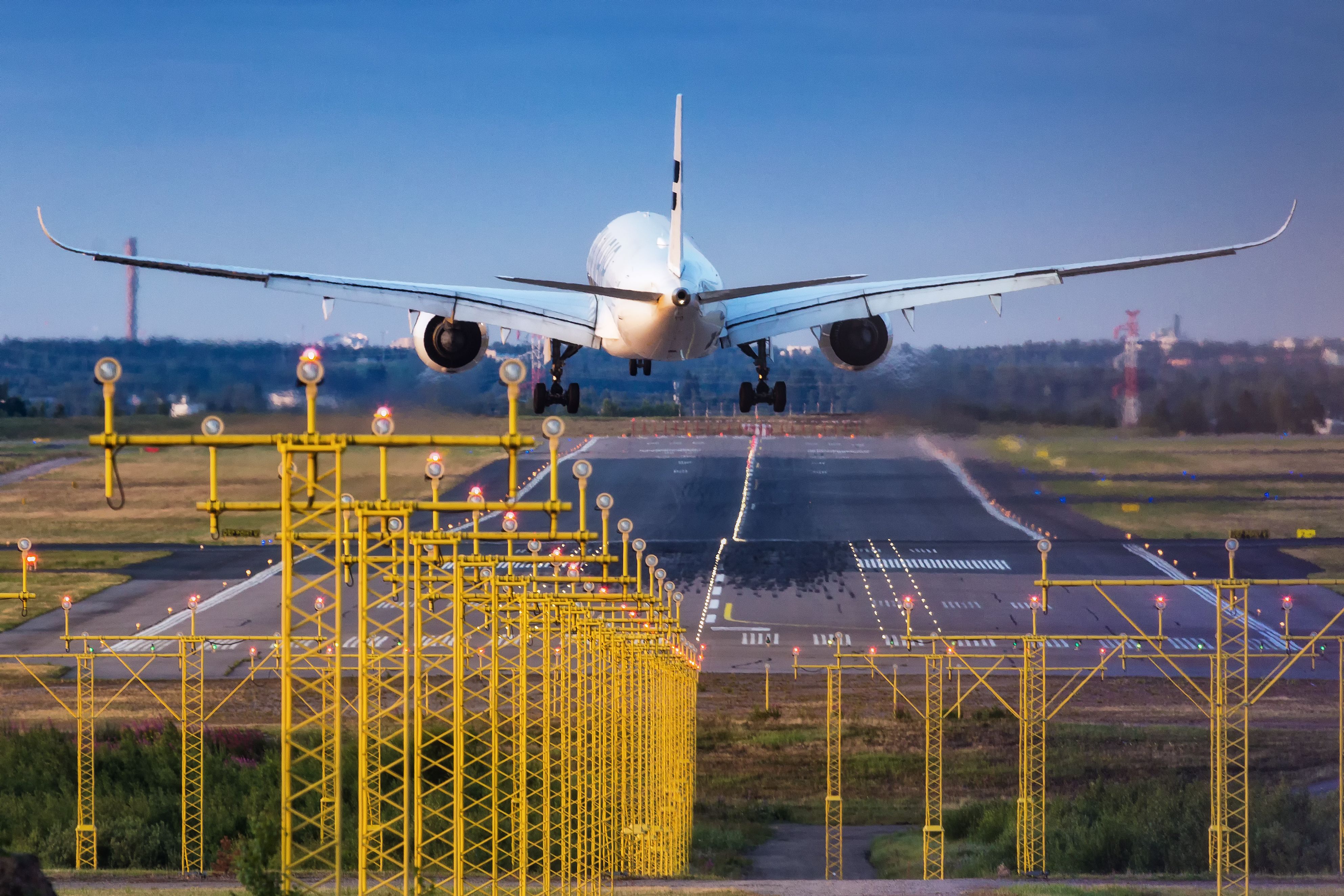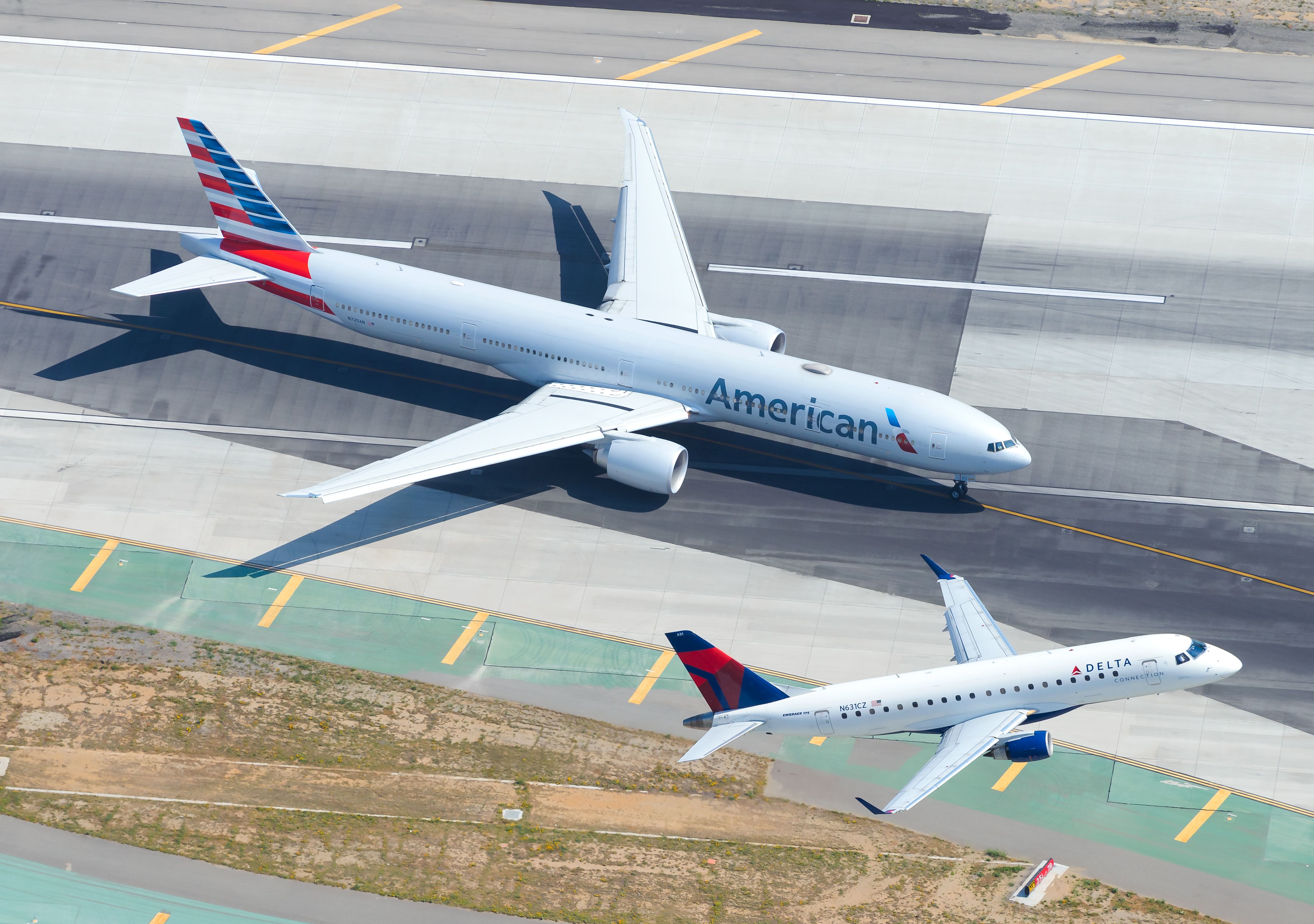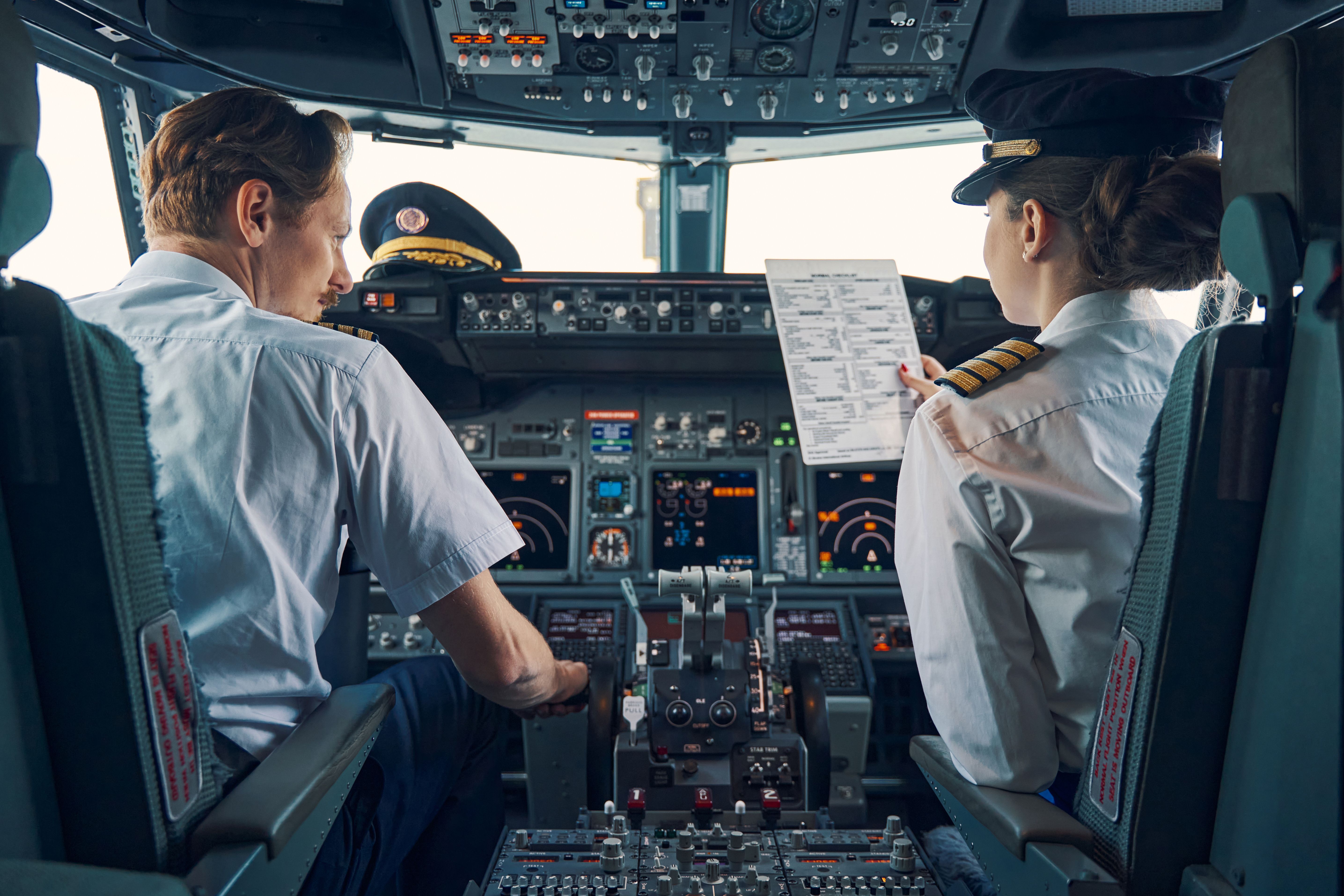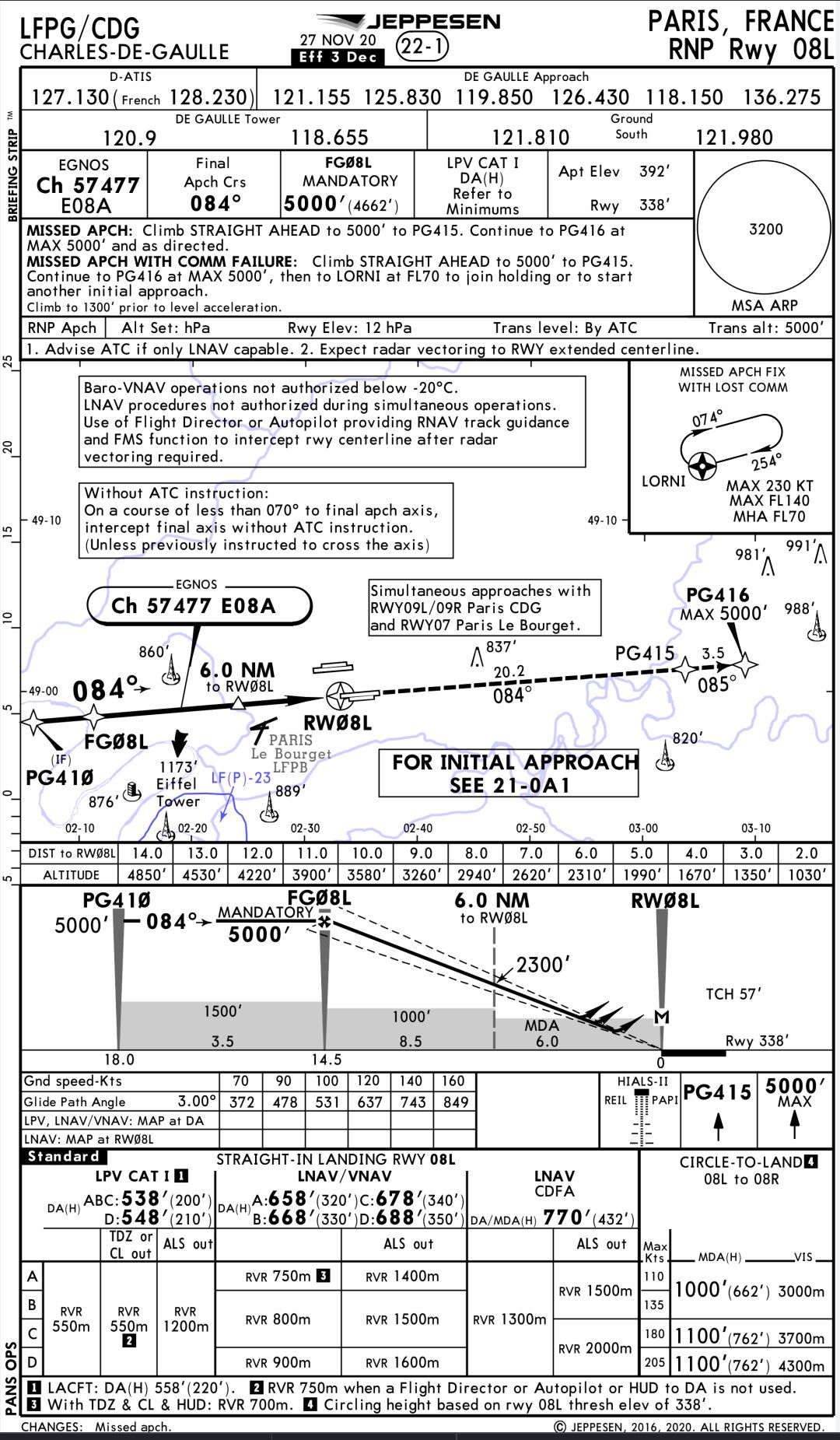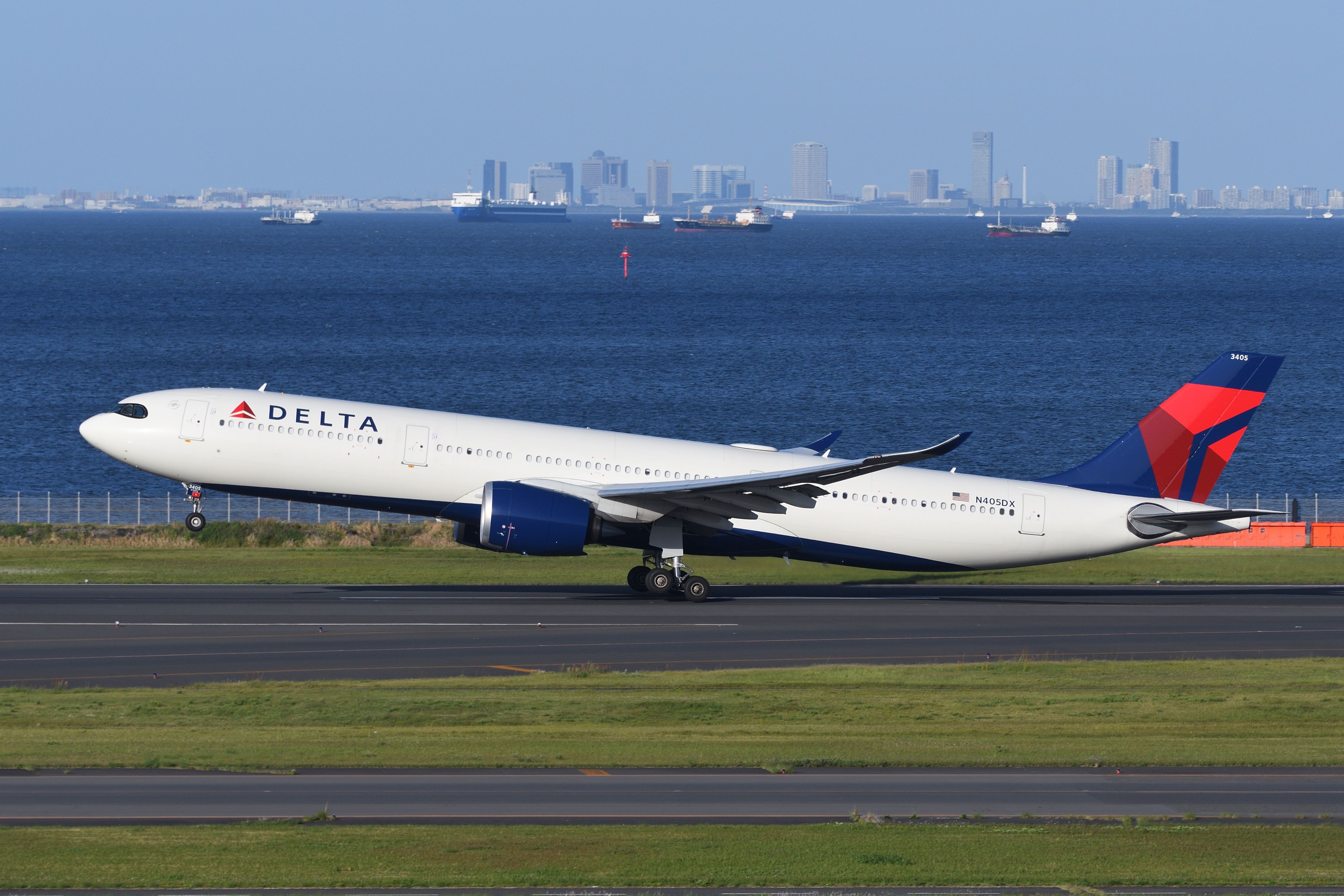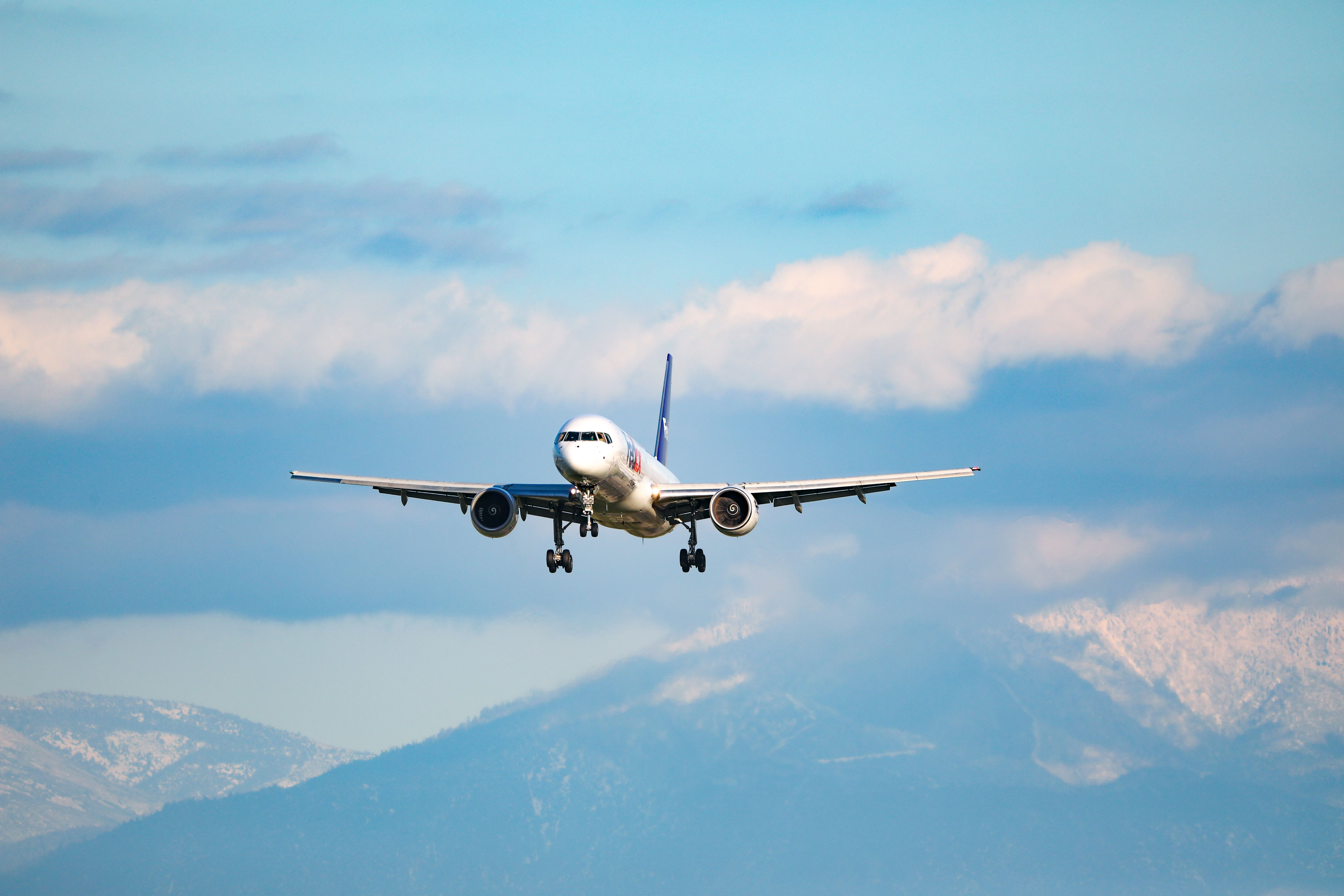Pilot briefings are essential when it comes to flying aircraft. In a multi-crew aircraft, pilots are expected to brief the others on what they will do in critical phases of flight. On most airlines, there are two main types of briefing.
- Departure briefings
- Arrival briefings
A departure briefing is performed once the aircraft has been prepared for the flight, and the arrival briefing comes right before the flight crew initiates the descent. Sometimes, a cruise briefing may also be required if special procedures are involved during that phase of the flight.
What is a briefing, and why is it important?
A briefing is conducted to ensure that both pilots have a shared mental model of the process or operation that will be undertaken. As in a multi-crew aircraft, there are two pilots, and it is paramount that both the Pilot Flying (PF) and the Pilot Monitoring (PM) have a clear picture or an idea of what is going to happen. If both pilots are not on the same page regarding operational procedures, confusion can arise in the cockpit during the flight, leading to a dangerous and unsafe situation.
Briefings are highly interactive, that is, both pilots are involved in the briefing. Traditionally, the PF briefs the PM on how they will fly the aircraft. There was little to no active involvement of the PM in the briefing process. In modern briefings, the PM and PF have their respective points of discussion and concerns that will be brought up.
This achieves two things. One is that it gives pilots more freedom about what to say during the briefing rather than sticking to a pre-learned briefing from the manual. Secondly, as the PM has a say in the briefing, good listening is required from both parties while doing the briefing, so comments or questions can be raised.
As humans, we tend to get bored, forget things, and become complacent, especially if we are not physically doing something. A briefing that involves two pilots prevents such things from happening.
Integrating Threat and Error Management (TEM) is a significant aspect of modern briefings. A proper TEM requires looking at the various threats that can affect the safety of the flight at a given time while also finding ways to counter or mitigate them.
Photo: Dzerkach Viktar | Shutterstock
So, what are threats? Weather can be a threat; a new airport can be a threat; schedule pressures, fatigue, delays, etc., can all threaten the operation. Understanding these dangers and talking about them can help to mitigate them. For example, if you are tired, you can tell the other pilots so that they can keep an extra watch on your performance. This increases the safety of the operation.
What are the types of briefings?
Departure briefing
- Chart discussions
- Chart number
- Effective date
- Designated or expected SID
The departure briefing is performed before takeoff. And the first part involves discussing charts. The charts required for a particular departure include the taxi and Standard Instrument Departure (SID) charts. Usually, the PF discusses the chart with the PM. During chart discussion, the chart number, effective date, and designated or expected SID must be included. All altitude constraints at the various waypoints of the SID must also be checked to ensure those chart altitudes and waypoints match what gets entered in the flight management system.
When checking the taxi chart, areas of particular danger must be noted if they are present in the expected or cleared taxi routing. These areas are called hot spots and are marked on the charts by airport authorities. This ensures that both pilots are extra vigilant when passing through those areas.
Photo: Thiago B Trevisan I Shutterstock
Pilots must also discuss any extra fuel and time needs. In addition, they must devise a plan for what to do if a failure occurs right after takeoff. This may involve returning to the airport or diversifying to some other suitable aerodrome. Here, the aircraft’s weight becomes important, as depending on the nature of the failure, an overweight landing might have to be performed.
Lastly, any special operations have to be looked at. A special operation can refer to anything outside the norm. For instance, a deferred item may require pilots to do something they usually would not do on a flight. An example can be an inoperative electrical generator that requires APU operation for the entire flight.
After all of the above points have been briefed and understood, the flight crew can discuss any additional threats and ways to prevent them.
Photo: YAKOBCHUK VIACHESLAV | Shutterstock
Arrival briefing
The purpose of the arrival briefing is to discuss the approach and landing of the aircraft. Similar to the departure briefing, the first matter for arrival briefings is to look at specific charts. Many airports have Standard Terminal Arrival Route (STAR) charts which show how an aircraft can join for the approach. Together with a STAR chart, the approach chart, which is specific for each runway and approach type, must be analyzed. Finally, the pilots should thoroughly read the taxi chart for the destination aerodrome.
Photo: Jeppesen charts
Critical items during an arrival briefing include a discussion of the approach type and landing runway—for example, the VOR approach for runway 32. Then the flight crew should confirm the approach minimum from the chart and discuss the go-around trajectory.
Photo: viper-zero I Shutterstock
When it comes to aircraft necessities, the flap setting, reverse thrust, and auto-brake level (if available) should be highlighted. Pilots must also look at the remaining runway length after the landing rollout.
As for the taxi, the crew should consider their planned runway exit. And like the departure briefing, any hot spots should be noted. Similar to the departure briefing, any non-normal or special operation should be discussed before landing.
Finally, pilots must acknowledge any threats and their mitigation during the approach and landing.
8:36
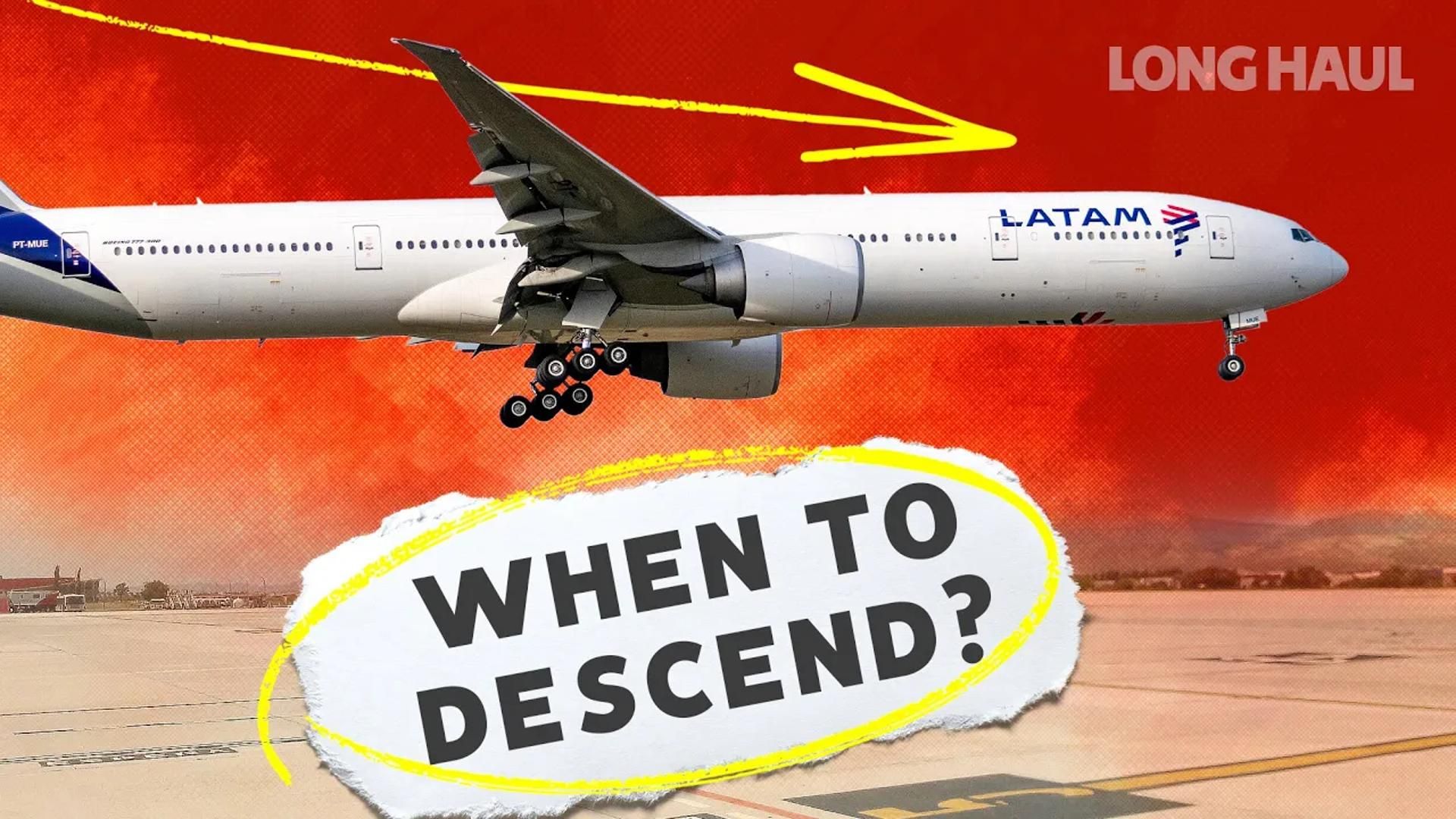
Related
How Do Pilots Know When To Start Descending For Landing?
For some (or probably many) aviation enthusiasts who aren’t pilots, knowing exactly when to start descending towards the airport is a topic that mystifies them. The variables that impact this calculation are considerable, as pilots need to factor in speed, wind, distance, and altitude, just to name a few.
Cruise briefing
A cruise briefing may be required if specific procedures are necessary during the flight. An example could be a flight over high terrain. In such cases, a failure such as a depressurization or an engine failure may require aircraft to follow a pre-planned escape route to a suitable destination to avoid terrain during the descent to a lower level, which is mandatory for pressurization or engine failures.
Photo: Ontario International Airport

